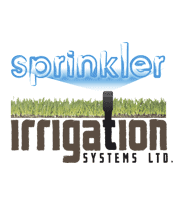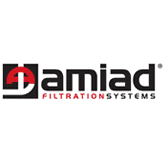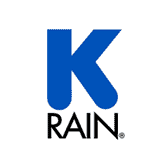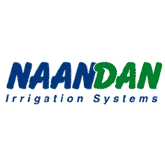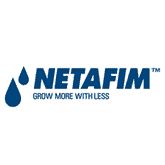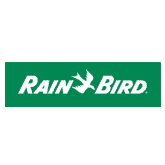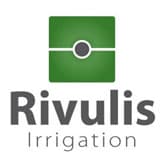Rainwater Harvesting
The interest in Rainwater Harvesting has been growing in recent years and was given a significant boost during 2006 with the introduction of severe water use restrictions across the south. Without the ability to undertake supplementary watering with a hosepipe most people realise that a simple water butt is no longer sufficient for their needs. Combined with rising water costs and the desire to be more environmentally friendly many are looking for more comprehensive options.
With this in mind we have brought together a range of products to cater for most applications, from 650 litre surface mounted wall tanks with simple downpipe diverter, to 36,000 litre underground GRP tanks.
It is worth noting that many householders assume rainwater and grey water are the same thing (grey water being from showers, baths, sinks and some washing machines). Whilst there are filtering systems that are designed to cope with this type of water it is more involved and more costly.
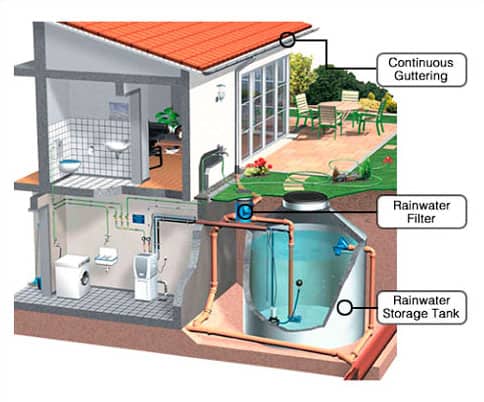
In some cases the client may insist that they wish to collect grey water therefore you should make them aware that organic detergents/shampoos should be used, the filter will require very regular inspection and cleaning, that this type of water may not store well over longer periods and it should not be used on vegetable or fruit gardens.
Collecting rainwater is straight forward, using existing roof drainage systems the rainwater is filtered and diverted to exclude the larger leaf debris and other particles, with secondary filtration occurring in the storage tank via settlement with heavier particles falling to the bottom and lighter particles floating to the top. This process is all done by gravity and the cleanest water is then pumped out via either a floating suction filter or a pump placed on a platform above the accumulated particles on the bottom.
This water is then distributed to required locations around the property i.e. garden taps or irrigation system. During prolonged dry periods, and the tank is empty, there are several easy ways of providing an automatic mains water backup supply to the storage tank.
Calculating Tank Size
For a successful rainwater harvesting system one of the main factors is working out how much rainwater you can harvest and then calculating the size of storage tank required. You will need to know the size of the roof and the average annual rainfall figure, the calculation is in two parts:
1.Rainwater Yield (l/yr) = Roof Area (m²) x Average Rainfall (mm) x Run-off Coefficient x Filter Efficiency
Roof Area (m²) = Width (m) x Length (m)
Average Annual Rainfall = We have provided some examples below as a guide only (monthly figures are useful)
Run-off Coefficient = 0.75 (pitched roof) or 0.5 (flat roof)
Filter Efficiency = 0.9 (Generally manufactures of rainwater harvesting filter rate their filters at 90% efficient)
2.Tank Sizing = Annual rainwater yield x 5%
Example:
House in South West, 110m² Pitched Roof
110 x 1130 x 0.75 x 0.9 = 83,902 litres Rainwater Yield per Year
83,902 x 5% = 4,195 estimated storage (nearest tank size up = 4,500 litre)
This calculation is widely accepted as the best way to establish tank size with a good balance between tank capacity and system cost, however sometimes it is necessary to bear in mind the quantities of water that may be required in the garden.
If you consider that during the summer months each m² of irrigated ground will on average need 10 litres per week, you can begin to quantify what your additional storage capacity may need to be. To get the full picture it would be useful to obtain monthly rainfall figures, as you would still benefit from some rain harvesting in midsummer.
Advantages of Rainwater Harvesting Systems
Average Annual Rainfall in mm
Specific rainfall averages can be obtained from your local weather station
The selection of the correct filter or diverter will normally depend on the size of your roof area, however for simple diversion on guttering downpipes the Filter Collector FS is ideal. On larger projects the Garden Filter will cope with roof areas up to 200m² and the Volume Filter up to 450m². Both units can installed within the top of the tank, however they are large units and general access for other components such as submersible pumps can prove tight. On this basis we would normally recommend they be installed direct buried by opting for the ‘Filters with extension’.
When routing clean rainwater from the filter to the underground tank this should be introduced into the tank via a downpipe with a calmed inlet on the bottom, this ensures that settled debris on the bottom of the tank is not disturbed. An overflow to the normal drainage system or soak away should always be in place, this ensures a continual turnover of water within the tank when at high level.
- Water is free so you only pay for collection and use.
- You may water your lawn with no restrictions.
- Tanks are located near source eliminating the need for complex and costly systems.
- Rainwater provides a water source when groundwater is unacceptable or unavailable.
- The zero hardness of rainwater helps prevent scale or rust stains.
- Rainwater is superior for landscape irrigation.
- Reduces flow to storm water drains and also reduces non-point source pollution.
Underground Tanks
Enduramaxx 10000L Underground Tank
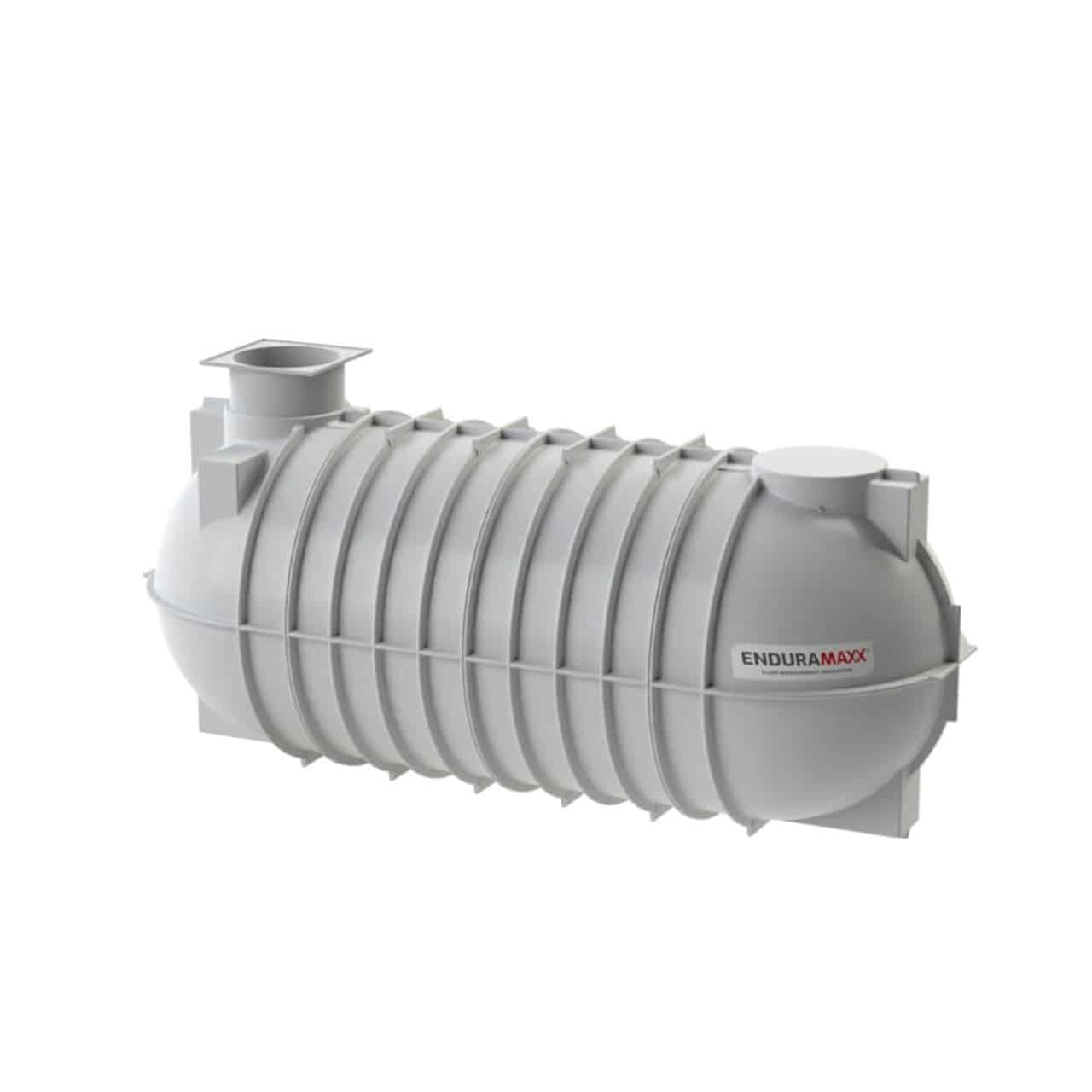
Enduramaxx Undergroud Tank 10000L
- Actual Capacity 10000lts
- Dimensions 3980mm L X 2180 W X 2540 H
- Optional Turrets for Housing control sets etc
- Comes complete with a 600mm dia Galvanised Lid
- Non Potable, Rainwater Harvesting Tank
3P Wall Tank Black
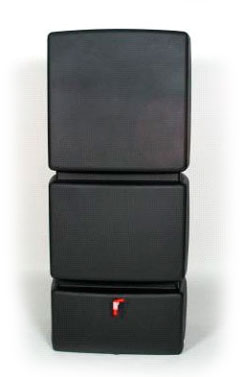
This 750 litre tank is small and unobtrusive in the garden. It can be easily hidden with climbing plants. Ideally installed next to a down pipe. 2 outlet watering points for watering cans and hosepipe, both ¾” female BSP thread. This plastic tank is UV stable so algae build up is reduced. For stability tank comes with a metal stand plate. Additional tanks can be linked together.
Dimensions:
Height: 1790mm
Width: 800mm
Depth: 600mm
Colours:
- Green.
- Granite.
- Sandstone.
Level Control Panel 1″
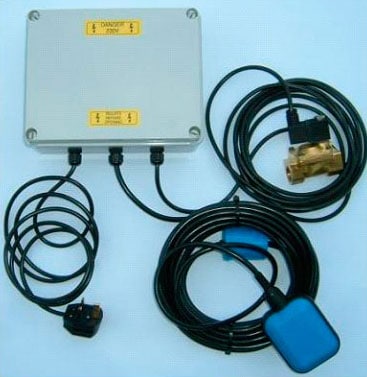
The level control panel comes complete with transformer, rollerball floatswitch and WRC approved brass solenoid valve. When used in conjunction with tundish this is ideal for mains water top up to an underground tank. Cable to solenoid and floatswitch are low voltage, main box with transformer requires 230V supply (for specific info on correct installation call our technical team).
With 1″ solenoid valve.
Tundish
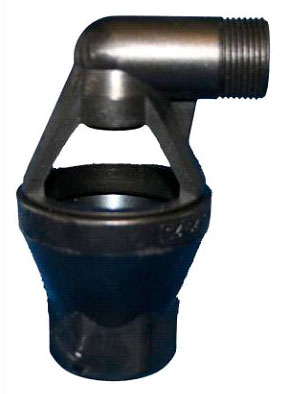
Tundishes are used when an air gap or air break is required to conform to water regulations. When used for topping up an underground tank the tundish must be installed above ground, so that after passing through the inlet the water transfers into the tank by gravity, thereby preventing any possibility of water backflow. Made from polyethylene.
Garden Filter
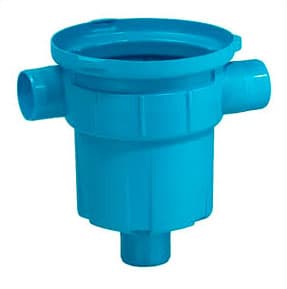
The selection of the correct filter or diverter will normally depend on the size of your roof area, however for simple diversion on guttering downpipes the filter collector FS is ideal.
On larger projects the garden filter will cope with roof areas up to 200m² and the volume filter up to 450m². Both units can installed within the top of the tank, however they are large units and general access for other components such as submersible pumps can prove tight. On this basis we would normally recommend they be installed direct buried by opting for the ‘filters with extension’.
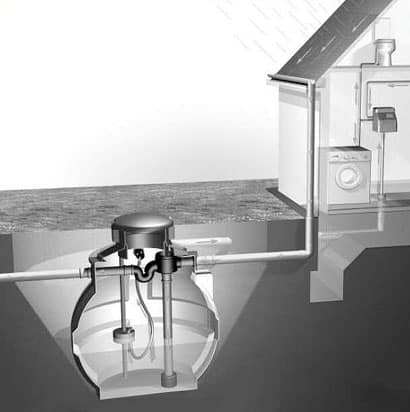
When routing clean rainwater from the filter to the underground tank this filter should be introduced into the tank via a downpipe with a calmed inlet on the bottom, this ensures that settled debris on the bottom of the tank is not disturbed. An overflow to the normal drainage system or soak away should always be in place, this ensures a continual turnover of water within the tank when at high level.
Not sure what you need?
Not sure what you need?
We offer free expert advice and a full Irrigation design service is available simply call:
We offer free expert advice and a full Irrigation design service is available simply call:
01384 423150 or 01384 913150
01384 423150 or 01384 913150
